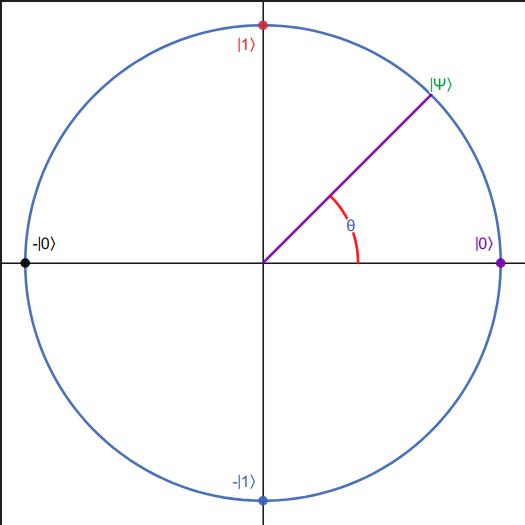Quantum Bit (Qubit)
Part of Womanium Quantum + AI 2024 program
Definition
A quantum bit (qubit), is a device that can be in one of two states, commonly represented by 0 and 1, however, this device doesn't act classically, it acts in a quantum manner, which will allow us to implement quantum computers.
Representation
To describe an isolated quantum system, we give and amplitude,
Alpha is a complex number, that means it's composed of a real and an imaginary part.
If a classical system of a single bit can be represented as
Where
Then a quantum system of a single qubit can be represented as
However, it must be understood that the representation of quantum system is not a probability vector, but rather an amplitude vector, this means that
Born Rule
The probability of measuring a quantum system in a state is the square of the absolute value of the state's amplitude.
This implies that a valid qubit must satisfy
Notation
Ket Notation: Column vector
Bra Notation: Row vector
Real-Numbered Qubits
We can restrict a qubit amplitudes to real numbers, however if we restrict our system to real numbers we won't be able to picture all quantum operations but a subset of them. An example of an operation that requires complex numbers is Fourier Transformation which is used in Shor's prime factorization Algorithm.
If restricted to real numbers then we can represent a qubit amplitudes
Therefore we can visually represent a real-numbered qubit as a unit vector or a point on the unit circle

Summary
For a quantum system with n qubits, the quantum system state can be represented as
The probability to observe a particular output